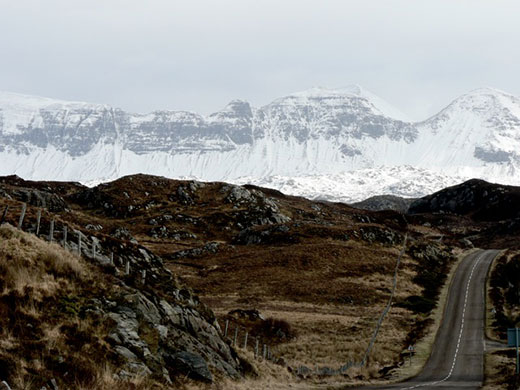
Photograph: Ian Vince Photograph: guardian.co.uk
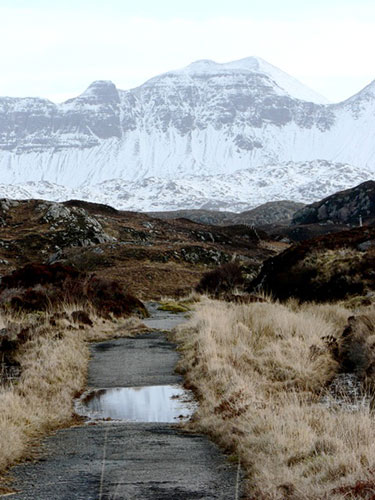
Photograph: Ian Vince Photograph: guardian.co.uk
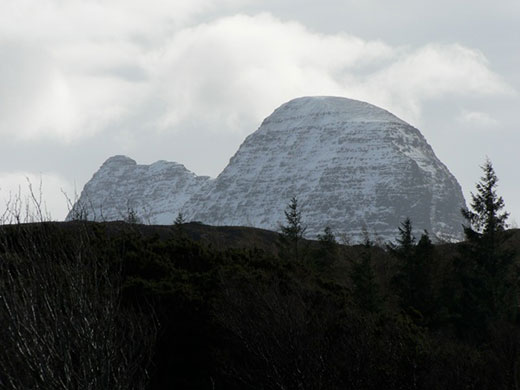
Photograph: Ian Vince Photograph: guardian.co.uk
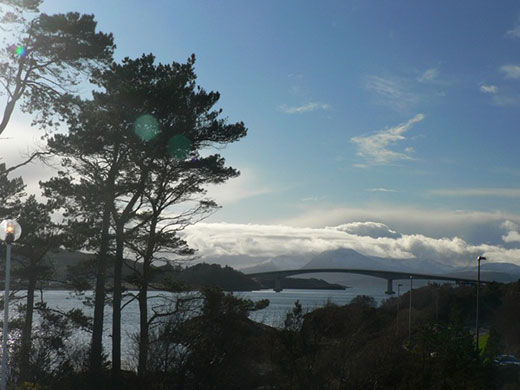
Photograph: Ian Vince Photograph: guardian.co.uk
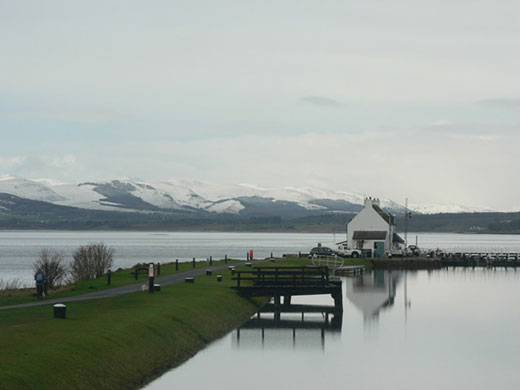
Photograph: Ian Vince Photograph: guardian.co.uk
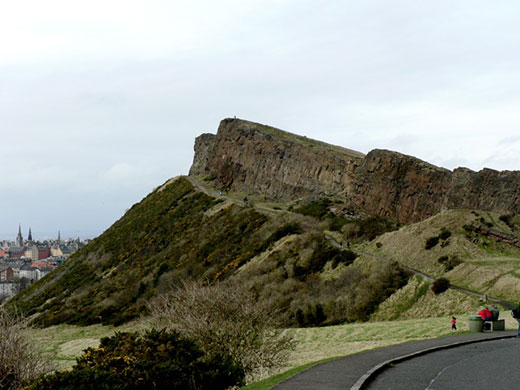
Photograph: Ian Vince Photograph: guardian.co.uk
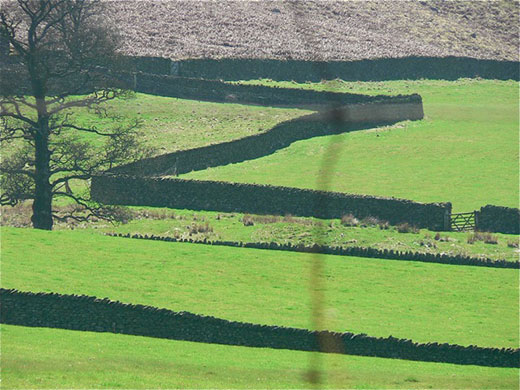
Photograph: Ian Vince Photograph: guardian.co.uk
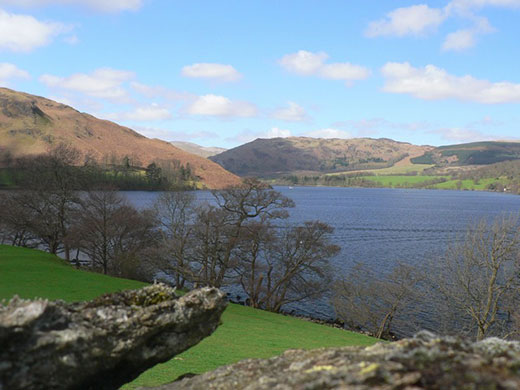
Photograph: Ian Vince Photograph: guardian.co.uk
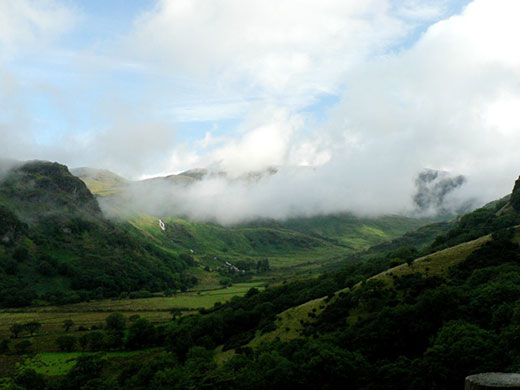
Photograph: Ian Vince Photograph: guardian.co.uk
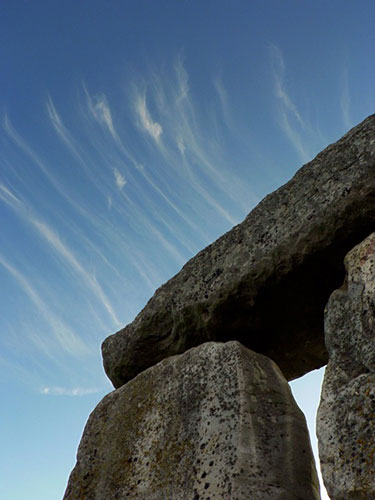
Photograph: Ian Vince Photograph: guardian.co.uk

